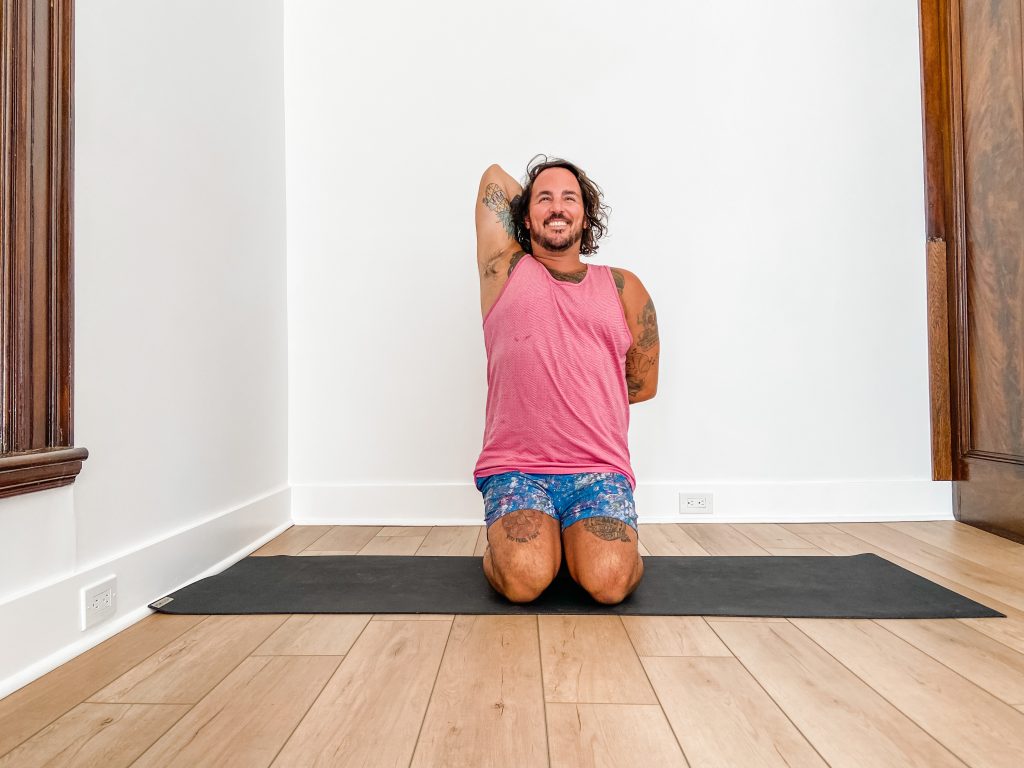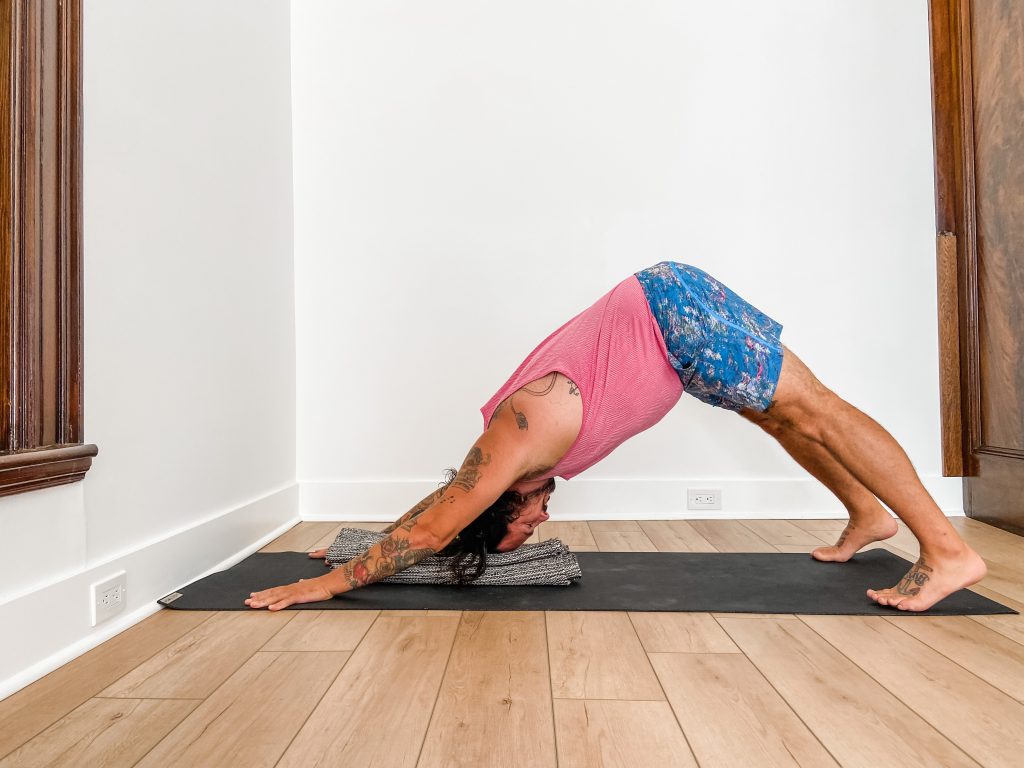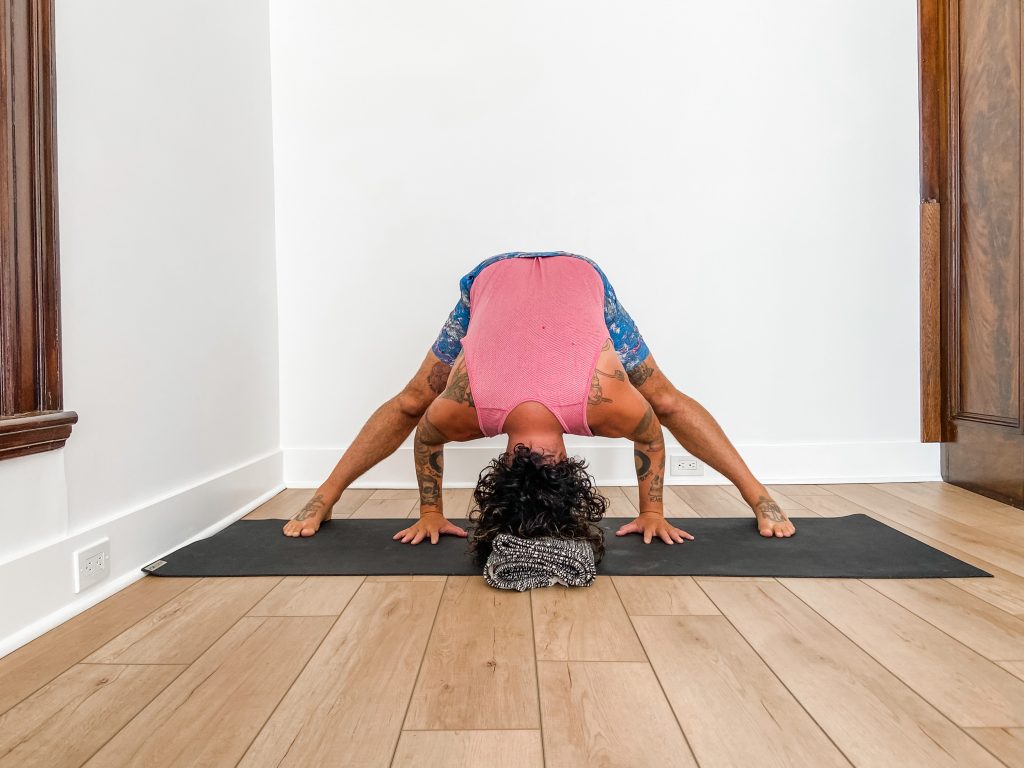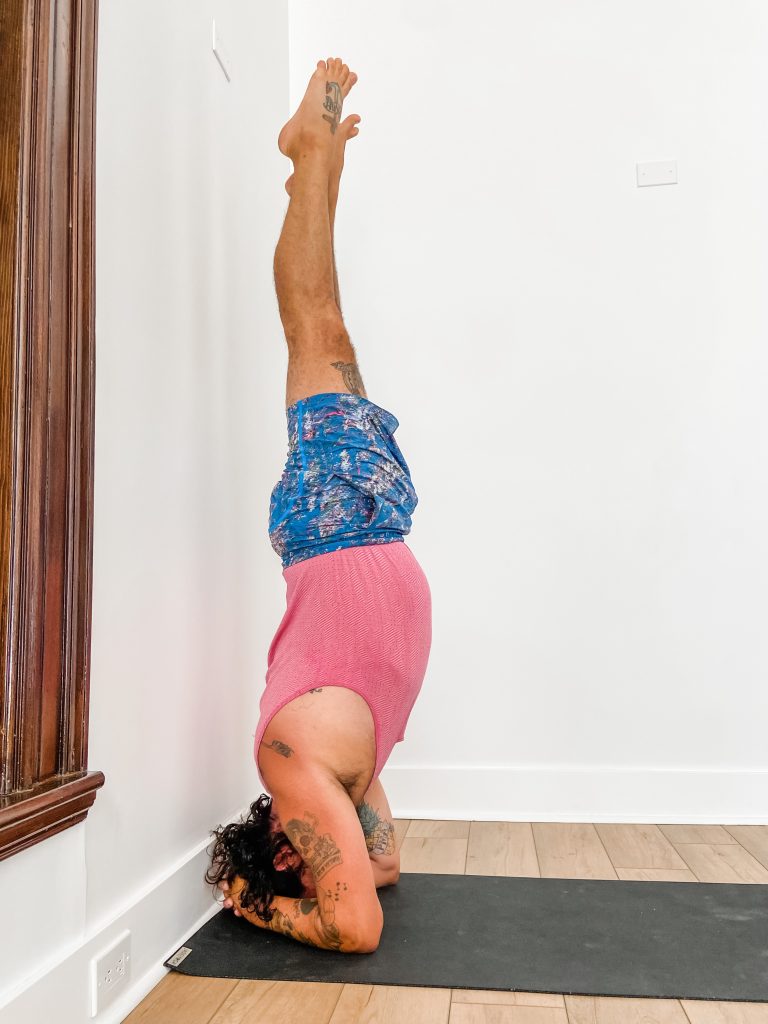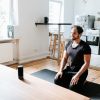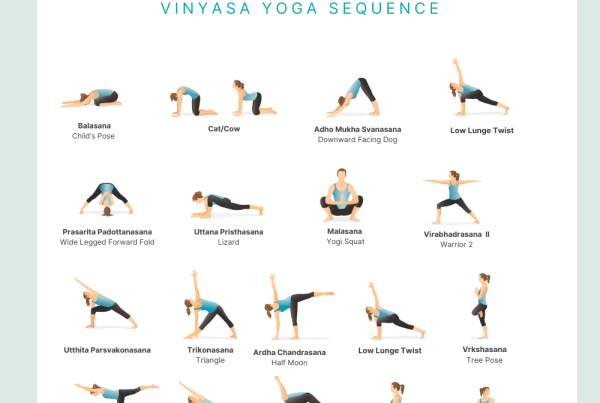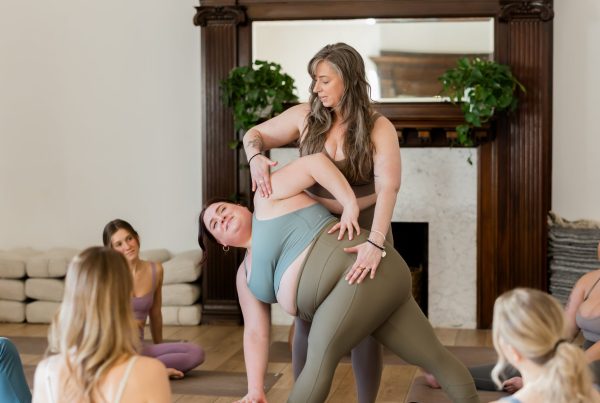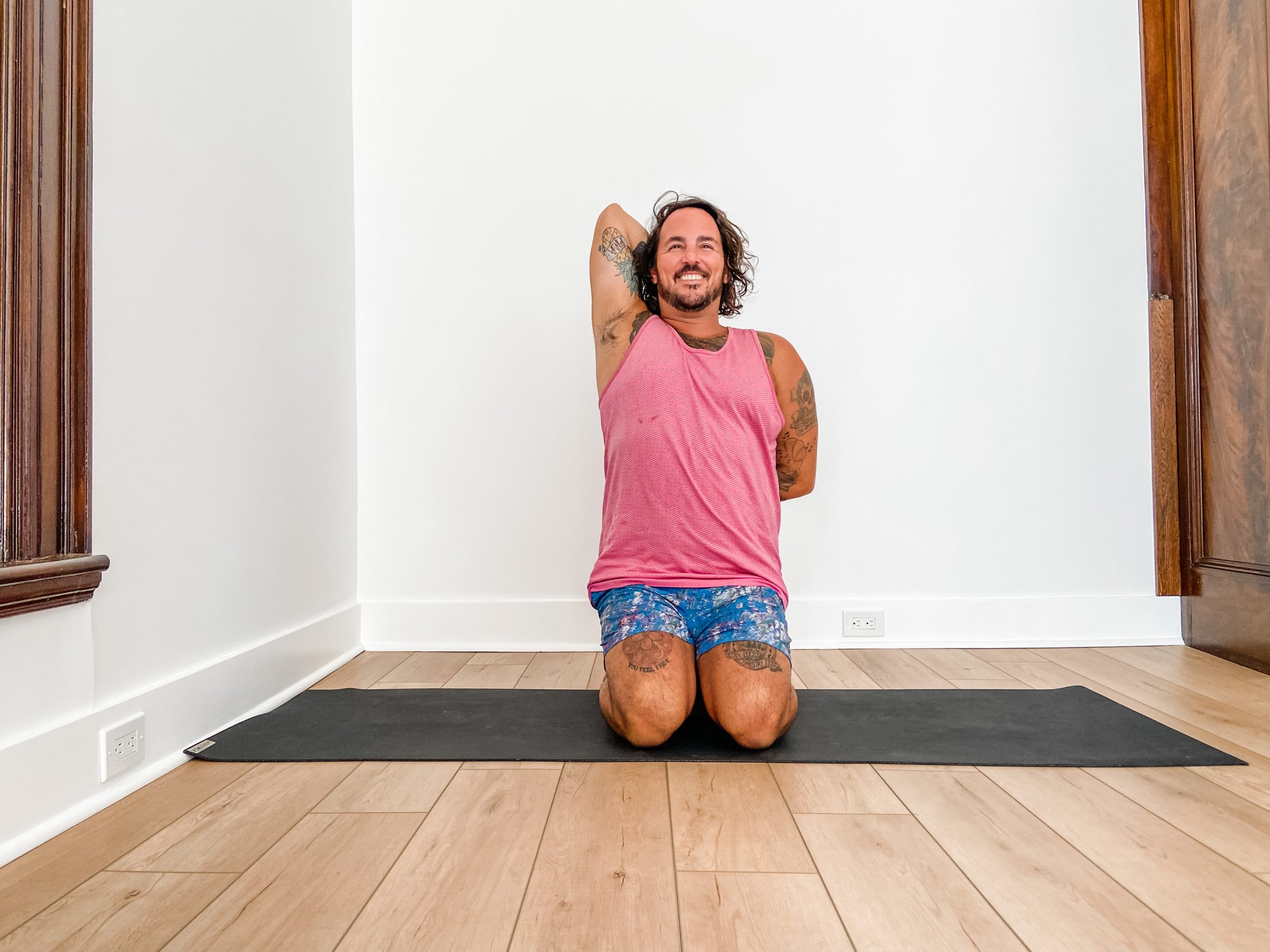
Satya, or truthfulness, is one of the yamas, which is the first limb of Pantanjali’s 8-Limbed yoga path. These yamas, which also include Ahimsa (non-violence), Satya (truthfulness), Asteya (non-stealing), Bramacharya (moderation), and Aparigraha (non-greed), represent principles for the way in which we should interact with the world around us.
They are the foundation from which our yoga practice should sprout from. In fact, I once had a yoga teacher tell me that in every asana class one can experience all of the 8 limbs of yoga.
The root word of Satya is “sat” which translates to mean “essence.” In a way, practicing asana, pranayama, and meditation helps cleanse the lens of soul so that our true nature or true essence can be revealed. These physical practices remove the extra junk that builds up from every day life that prevents of from reaching our potential or our “truest self.”
Check out this sequence below keeping in mind the idea of Satya. As you move through the practice, imagine creating space in your internal body so your best self can come to the forefront.
Hero Pose with Cow Face Arms (Virasana with Gomukhasana Arms)
How to:
- Start on your hands and knees, toes pointing back.
- Bring your knees together and take your feet hip distance apart.
- Sit between your feet. If your hips don’t reach the floor, place a wide block between your ankles (this is virasana).
- Now, take the left arm out to the left, turn your thumb down and bend your elbow, bringing your forearm across your low back. Once the forearm is across the back, slide the hand and wrist upwards between the shoulder blades.
- Reach your right arm overhead alongside your right ear. Bend your right elbow and clasp your hands between your shoulder blades. If your hands do not connect you can use a strap to bridge the distance between them (this is gomukhasana arms).
- Repeat gomukhasana arms on the other side.
- Stay for 5 breaths on each side
Downward Facing Dog with Head Support
How to:
- Start on your hands and knees.
- Place a tri-folded blanket long ways under your chest.
- Step your legs back into plank pose. Hands under your shoulders and feet hip distance wide.
- Press your palms firmly into your mat and lift your hips, keeping your arms and legs straight.
- Let your head completely relax, resting the top of your head on your tri-folded blanket (using head support helps quiet the mind).
- Stay for 10 breaths.
Wide-Legged Standing Forward Bend (Prasarita Padottanasana)
How to:
- Start in tadasana. Bring your hands to your hips and step or jump your feet about four feet apart.
- Make sure your feet are parallel to the edges of your yoga mat.
- Inhale, press the feet down, straightening the legs and lifting the chest.
- Exhale, bring your chest parallel to the floor and bring your fingertips under your shoulders.
- Inhale, straighten your legs and lengthen the front of your chest through the crown of your head.
- Exhale, bend your elbows and move your palms back, so your fingers align with your toes. Your hands should be shoulder width apart.
- Bring the crown of your head to the floor and lift your shoulders away from your ears so your neck elongates. If your head doesn’t reach the floor you can fill the space between the floor and the crown of your head with a blanket or bolster (using head support helps quiet the mind).
- Stay for 10 breaths.
Finally, Our Peak Pose: Headstand (Sirsasana A)
How to:
- Bring your yoga mat perpendicular to a wall.
- Start on your hands and knees.
- Interlace your palms, knuckles touching the wall and forearms on the mat. Make sure your elbows are shoulder width apart.
- Place the crown of the head on the yoga mat cupping the back of the head with the interlaced palms.
- Curl your toes, straighten your legs, and lift your hips.
- Walk your feet in towards your head.
- Inhale, Lift one leg and bend the other.
- Exhale, lightly hop up bringing your heels to the wall, inner feet touching.
- Press your forearms into the mat, lift your shoulders away from your ears, extend your legs upwards, and spread your toes.
- You can keep your heels at the wall or take them off one at a time. Keep the back of your pelvis off the wall.
- To come down, take one leg down at a time and rest in child’s pose.
- Stay for 10 breaths or when you feel the urge to come down.


